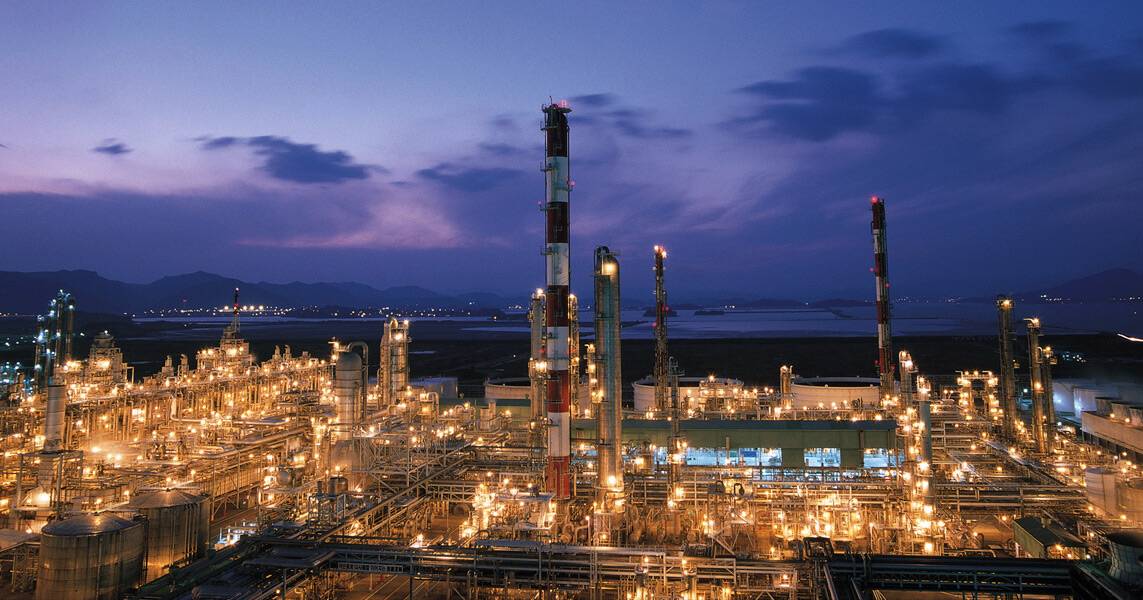Oct . 15, 2024 09:44 Back to list
Understanding the Benefits and Applications of HDPE Sewer Pipes in Modern Infrastructure
The Advantages of HDPE Sewer Pipes
High-Density Polyethylene (HDPE) has become a popular material for sewer pipes due to its exceptional properties and numerous advantages over traditional materials such as clay, concrete, or PVC. The increasing demand for sustainable and efficient infrastructure solutions has prompted many municipalities and contractors to consider HDPE for sewage and drainage systems. This article explores the benefits of HDPE sewer pipes and their growing role in modern construction and infrastructure development.
Durability and Longevity
One of the primary advantages of HDPE sewer pipes is their impressive durability. HDPE is resistant to corrosion, abrasion, and impact, which makes it an ideal choice for underground applications. Unlike concrete and clay pipes that can crack or degrade over time, HDPE pipes maintain their structural integrity for decades. Moreover, they have a lifespan that can exceed 50 years, significantly reducing the need for frequent repairs or replacements, which is often a financial burden for municipalities and property owners.
Flexibility and Resistance to Ground Movement
HDPE pipes are highly flexible, allowing them to accommodate shifts in the ground without breaking or cracking. This flexibility is particularly advantageous in areas prone to earthquakes or shifting soil conditions. Traditional rigid pipes, like concrete, may not withstand such movements, leading to potential failures. HDPE’s ability to adapt makes it not only a safer choice but also a more cost-effective one, as it reduces the likelihood of costly repairs and system failures.
Low Friction and Increased Flow Capacity
HDPE pipes feature a smooth interior surface that reduces friction, allowing for increased flow rates compared to traditional materials. The low frictional resistance means that sewage can flow more freely, reducing the risk of blockages and backups. This characteristic is especially important for managing stormwater and wastewater, enhancing overall system efficiency. Additionally, the lightweight nature of HDPE makes installation easier, requiring less manpower and equipment, which can lead to significant cost savings on projects.
hdpe sewer pipe

Environmental Benefits
In an era where sustainability is paramount, HDPE sewer pipes stand out for their eco-friendly properties. Firstly, they can be manufactured from recycled materials, contributing to a circular economy. Furthermore, because HDPE is resistant to breakdown, it doesn't leach harmful chemicals into the environment, which is a concern with some other materials. The production of HDPE pipes also typically results in lower carbon emissions compared to traditional pipe materials, thereby aligning with modern environmental goals.
Cost-Effectiveness
When considering lifecycle costs, HDPE sewer pipes prove to be a cost-effective solution. Although the initial investment might be similar or slightly higher than traditional pipe materials, the overall expenses associated with maintenance, repairs, and replacements are significantly reduced. Their durability and resistance to various environmental factors mean lower long-term costs, making HDPE an attractive option for budget-conscious municipalities and developers.
Easy Installation
The installation process for HDPE sewer pipes is streamlined, thanks to their lightweight and flexible nature. Traditional pipes often require heavy machinery and extensive labor to install, resulting in longer project timelines and increased costs. However, HDPE pipes can be installed more quickly and with less equipment, allowing for faster project completion. Additionally, trenchless installation methods can be used, minimizing disruption to the surrounding environment and existing infrastructure.
Conclusion
In conclusion, HDPE sewer pipes offer numerous advantages that make them increasingly popular in modern sewer system construction. Their durability, flexibility, environmental benefits, and cost-effectiveness position them as a forward-thinking solution for managing wastewater and stormwater. As communities strive to upgrade their infrastructure, the transition to HDPE sewer pipes not only enhances system efficiency but also aligns with sustainability goals. The future of sewer systems looks promising with the continued adoption of HDPE, paving the way for resilient, reliable, and environmentally friendly infrastructure.
-
High-Quality PPR Pipes and Fittings Durable ERA PPR & PVC PPR Solutions
NewsJul.08,2025
-
Black HDPE Cutting Board - Durable, Non-Porous & Food Safe HDPE Plastic Cutting Board
NewsJul.08,2025
-
High-Quality CPVC Panel Durable HDPE & PVC Panels Supplier
NewsJul.08,2025
-
Double PE Welding Rod Supplier - High Strength, Durable & Versatile Welding Solutions
NewsJul.07,2025
-
High-Quality PVC-O Pipe Supplier Durable 75mm PVC Pipe & Connections Leading PVC Pipe Company
NewsJul.07,2025
-
HDPE Drainage Pipe Supplier – Durable & Corrosion-Resistant Solutions
NewsJul.06,2025

